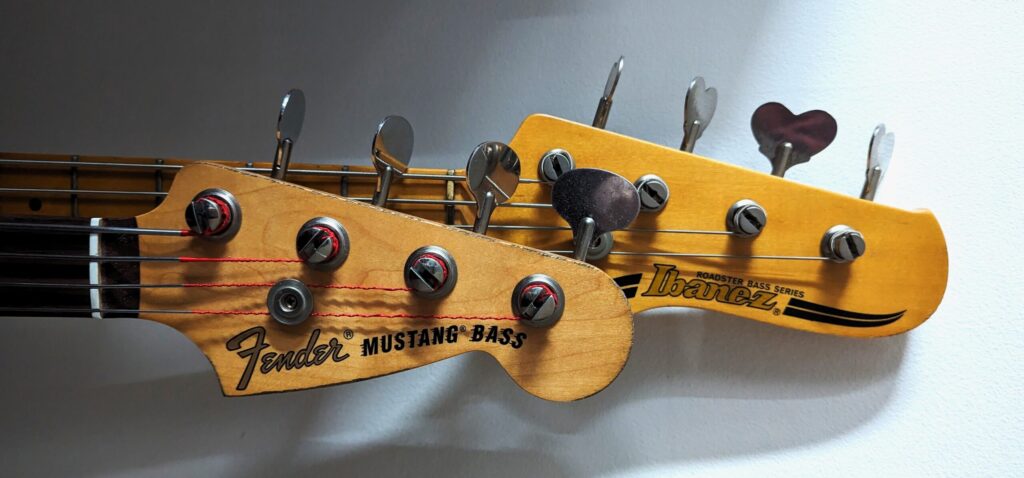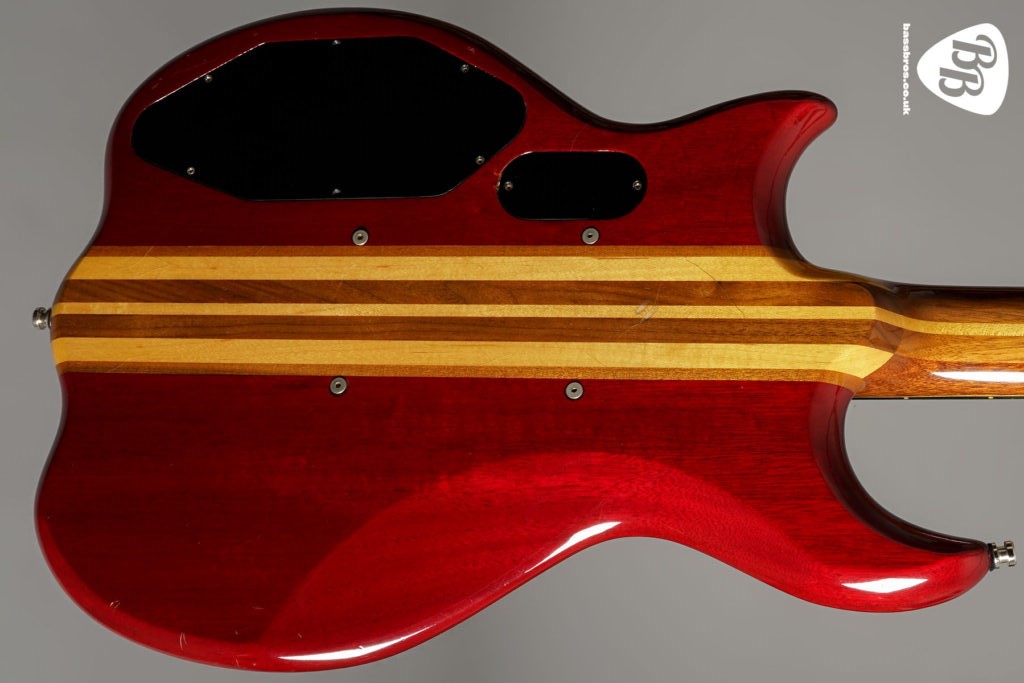Worldwide Shipping
available with all orders
Sell or Trade
Sell/trade your bass or find your next bass
Have a question?
Want to know more?
Join our newsletter.
An update on the latest new guitars at BassBros,
live video demo’s, promotional offers and giveaways.







